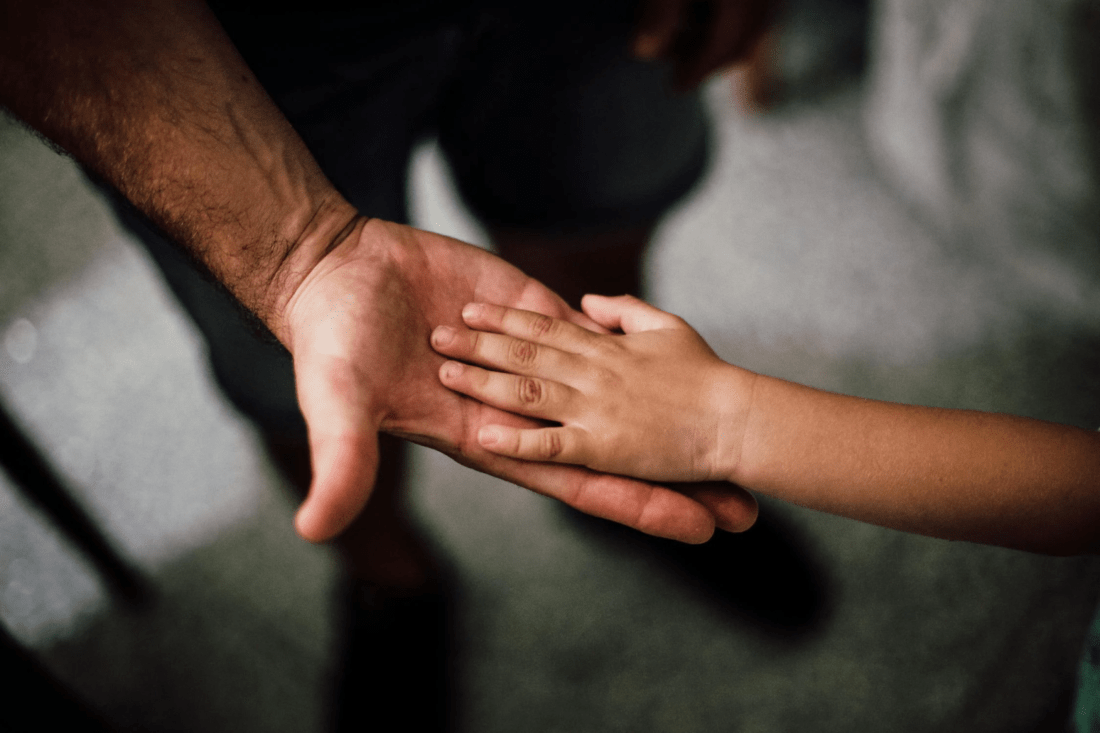Previously, donor conception often occurred in secret, with donors and recipients preferring to keep their identities hidden. This choice was based on the mixed feelings and societal judgments associated with assisted reproduction. However, as we progress into the 21st century, there’s a noticeable trend toward openness, mirroring broader shifts in societal views on genetics, identity, and family definitions.
Currently, between 30,000 and 60,000 children are born annually in the U.S. from donor sperm, highlighting the growing significance of these evolving relationships. This shift from secrecy to openness represents a major change in the narrative surrounding donor conception.

Shifts in Donor Anonymity
The guidelines and norms surrounding donor conception have significantly changed over the years. Anonymity once defined the donor process, protecting both donors and recipients from future contact. Nowadays, this scenario is rapidly evolving. Donors now have the opportunity to engage in what’s known as open donation, where they can choose to reveal their identity to their biological children—referred to as donor babies.
But what is a donor baby exactly? Donor babies are individuals conceived through sperm or egg donations. For donor-conceived individuals, their biological donor parent(s) are not legally recognized, and they do not appear on birth certificates. In many countries it is common for people born out of donor conception to receive no information concerning their donors; however, some nations have banned anonymous donations to address the medical and emotional needs of donor babies.
Their identities might be known from the start or disclosed when the child comes of age. This shift toward openness reflects a growing societal inclination toward forging connections and facilitating a deeper understanding of personal origins.
Legal and Ethical Shifts
The movement from anonymity to openness in donor relationships has been significantly shaped by legal reforms. Nations worldwide are rethinking the rights of individuals conceived by donors, enacting laws that grant them access to their genetic information. Ethically, it’s increasingly agreed that individuals should have the knowledge of their biological beginnings.
This ethical movement promotes openness and is designed to protect the mental and emotional well-being of individuals conceived via donors. Additionally, these changes address a push against outdated practices that often left donor-conceived individuals grappling with unexpected emotional challenges. Proponents believe that ethical guidelines in contemporary reproduction should give top priority to the health and informed consent of everyone involved, especially the children.
Psychological Impact on Donor-Conceived Individuals
Understanding one’s genetic background can profoundly impact mental health and self-identity. Those who are aware of their biological origins often experience a more complete sense of identity and understanding, which can foster healthier mental and emotional growth.
For many, this transparency eliminates the sense of mystery and potential deceit that can overshadow family relationships. Moreover, access to their biological history often empowers individuals, giving them a stronger footing to confront health issues that may be hereditary.
Donor Motivations and Perspectives
Donors today often express a variety of motivations for choosing to be open about their identities. Some cite ethical reasons, feeling a moral obligation to be available should their biological children seek answers about their heritage. Others are motivated by social reasons, including a wish to know the individuals they have helped create.
This change influences not just the donors but also deeply affects the internal dynamics of families that include children conceived through donors. Many donors feel a sense of accomplishment, knowing they have contributed to life, not just through genetic material but also by providing personal stories and history. Importantly, openness helps prevent the potential emotional turmoil that might arise from secrets or sudden revelations within these families.
Impact on Families and Parenting
Openness in donor relationships reshapes family dynamics in profound ways. Parents with children conceived through donors often deal with intricate relationships, striving to respect their family’s privacy while considering their child’s interest in knowing their biological donor. Such openness can enhance familial bonds through clear discussions about the child’s origins, fostering a setting of trust and openness.
It pushes parents to expand their definition of family beyond just genetic ties, adopting a wider, more encompassing view. It also requires them to balance their child’s inquisitiveness with the donor’s privacy, ensuring a respectful relationship that caters to the child’s best interests.
Societal and Cultural Influences
Cultural expectations and changes in society significantly influence how open donor relationships are viewed and practiced. In certain cultures, a strong focus on genetic heritage can hinder the acceptance of donor conception. Yet, as views globally evolve, more communities are valuing transparency, prompting a reconsideration of traditional family and genetic ties.
This shift is also reflected in how media and popular culture portray donor conception, now often highlighting the positive aspects of open arrangements. As a result, public conversations are increasingly focusing on ethical considerations, steering the discourse toward more accepting attitudes that underscore the donor-conceived individual’s rights and well-being.
Final Thoughts
The evolving perspectives on donor relationships underscore a significant shift from anonymity to openness, driven by legal, ethical, and social transformations. As we move forward, these changes are likely to continue influencing how donor relationships are structured, promoting a future where transparency and understanding prevail in the intricate connections of donor-conceived families.
This ongoing evolution will require continuous adaptation and sensitivity as we navigate the complex interplay of rights, identities, and relationships in the world of donor conception.



